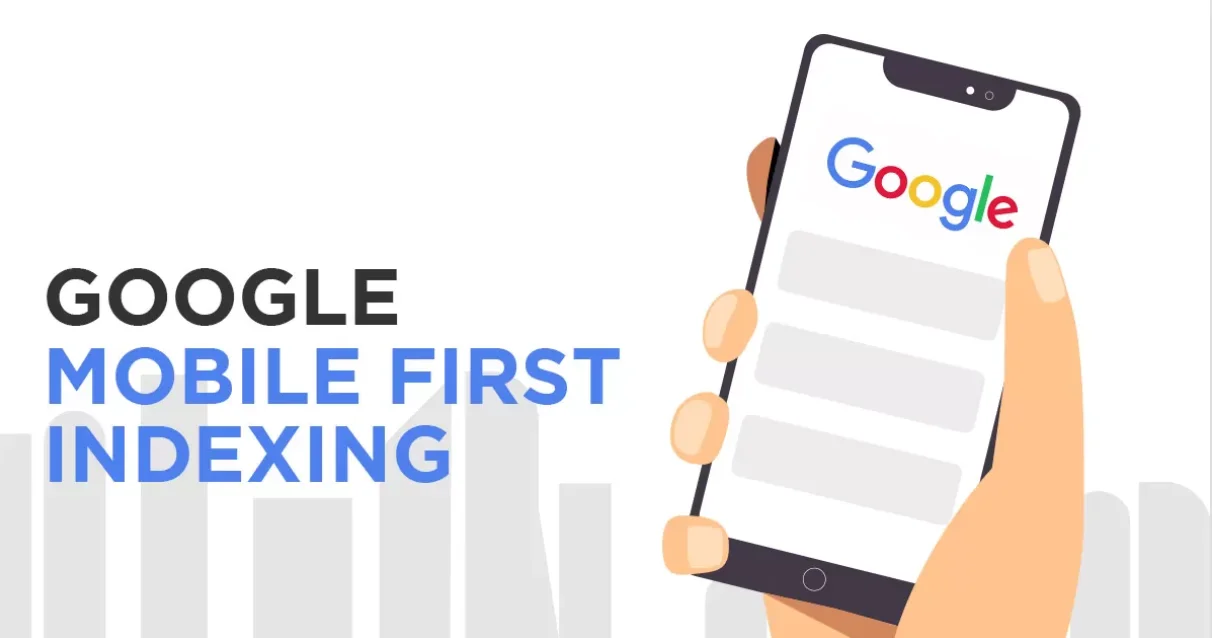Mobile-First Indexing: Prioritizing Mobile-Friendly Websites in Search

When Was It Launched?
Google introduced Mobile-First Indexing in March 2018. This significant update indicates a shift in Google’s indexing and ranking systems to primarily use the mobile version of a website’s content for indexing and ranking.
What Changes Did It Bring?
With Mobile-First Indexing, Google prioritizes the mobile version of websites over the desktop version for indexing and ranking in search results. This shift is a response to the increasing number of users accessing Google via mobile devices and aims to provide them with the most relevant and optimized search results.
Impact on SEO Practices
Mobile-First Indexing has reshaped SEO practices to focus more on mobile optimization:
On-Page SEO:
- Responsive Design: Implement a responsive web design that adapts to various screen sizes and devices to ensure a consistent and user-friendly experience across all devices.
- Mobile-Friendly Content: Optimize content for mobile devices by using shorter paragraphs, bullet points, and concise headlines to improve readability and engagement on smaller screens.
- Optimized Page Speed: Improve page load times on mobile devices by optimizing images, leveraging browser caching, and minimizing server response times to enhance user experience and reduce bounce rates.
Off-Page SEO:
- Mobile-Friendly Backlinks: Acquire backlinks from mobile-friendly and authoritative websites to enhance the mobile-friendliness and authority of your website.
- Mobile SEO Audits: Regularly conduct mobile SEO audits to identify and fix issues affecting mobile usability, such as faulty redirects, blocked resources, and mobile-only 404s, to ensure optimal mobile performance and visibility.
Why Did Google Make It?
Google’s decision to implement Mobile-First Indexing is driven by the increasing number of users accessing Google via mobile devices. By prioritizing the mobile version of websites for indexing and ranking, Google aims to provide mobile users with search results that are optimized for their devices, ensuring a seamless and enjoyable browsing experience.
Conclusion
Mobile-First Indexing, launched by Google in March 2018, emphasizes the importance of mobile optimization in SEO. Adapting to this change and focusing on responsive design, mobile-friendly content, and optimized page speed is essential for businesses and SEO professionals to maintain and improve their visibility and rankings in mobile search results. Prioritizing mobile optimization not only helps in achieving better mobile search engine rankings but also enhances user satisfaction, engagement, and conversion rates in the mobile era.


Leave a Reply